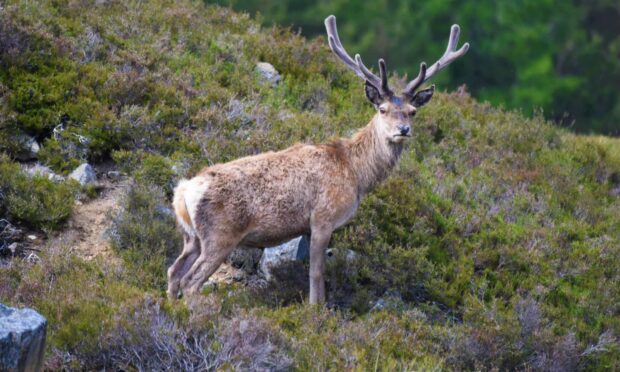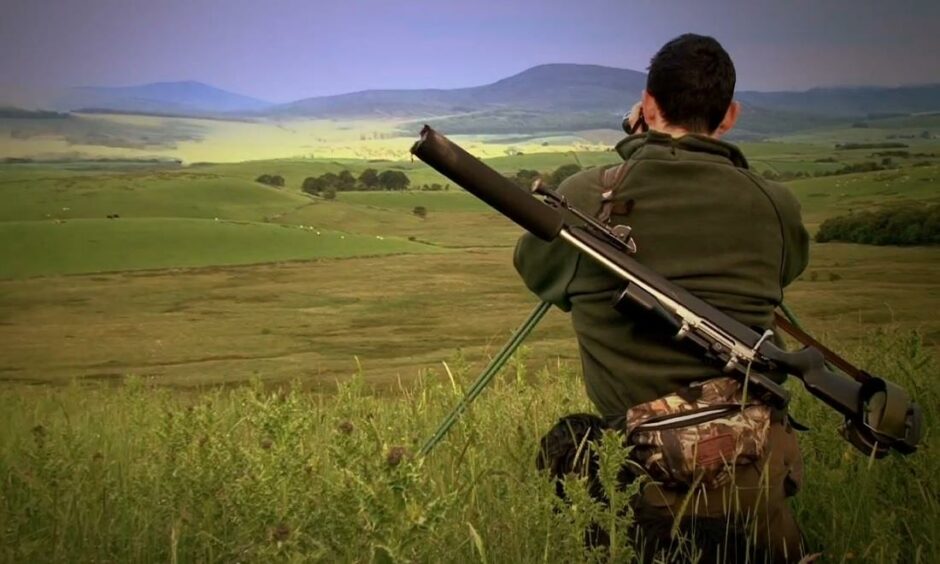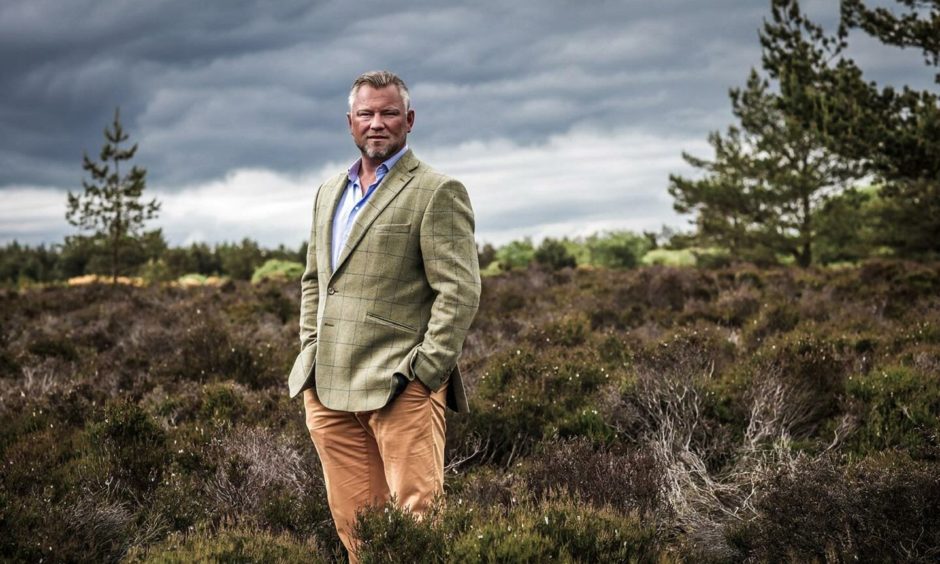Forestry managers have announced plans to cull roughly a fifth of Scotland’s current wild deer population over the next five years.
Officials at Forestry and Land Scotland (FLS) have published a five-year tender worth between £25-31 million.
FLS officials are looking for partners to cull 150,000 deer. The organisation’s own rangers will cull around 35,000 over the period.
That is only deer on FLS land and will account for only a third of the total national cull.
The national cull could be as many as 500,000 animals out of a total estimated population of 1 million in Scotland. Although that population will also increase as calves are born.
Scotland currently has an “unnaturally high” wild deer population, threatening biodiversity and climate change goals, experts say
The planned cull will be larger than those held in previous years.
Previously, contractors killed around 22,000 deer annually, or 110,000 animals over five years.
Why does a Scottish Government agency want to cull deer?
FLS officials estimate deer do around £3 million of damage to woodlands annually.
Ian Fergusson is head of wildlife management at FLS.
He said: “Scotland is facing a substantial challenge in keeping its deer population at a level that is in balance with the environment.
He continued: “As responsible land managers we need to act to achieve the necessary balance within the deer population.
“That is something that can only realistically be attained through evidence-based culls sustained by year round effort.”
Who benefits from the deer cull?
The cull contracts will support up to 100 jobs in the deer management sector. Further jobs in Scotland’s venison processing sector will benefit from the supply of 37,000 fresh carcasses per year.
Mr Fergusson added: “For many years we have delivered our annual culls thanks to the hundreds of highly trained contractors, who work in partnership to the same high professional standards as our own staff.
“We have also engaged with them to present this tender in a way that works best for them and for us.
“So we’re looking forward to there being a substantial response.”
Duncan Orr-Ewing is a spokesman for Scottish Environment LINK’s Deer Group.
He said: “It is widely and urgently recognised that the unnaturally high deer population in Scotland is a significant challenge in trying to restore and regenerate our environment in the light of the climate crisis and biodiversity emergency.
“In the absence of natural predators humane deer culling is the only way to control populations for their own health. And that of the environment in which they depend.”
What happens to the deer carcasses?
The carcasses from FLS cull go into Scotland’s venison processing sector. They are eventually processed into a wide range of food products, sold at home and abroad.
Christian Nissen is managing director of Highland Game. The company buys all of the venison produced by FLS.
He said: “Highland Game is proud of the partnership with Forestry and Land Scotland.
“We have had a good working relationship with them for several years. They have always provided us with high quality wild venison.
“It is greatly valued by our customers across the food and drink, and retail sectors.”












